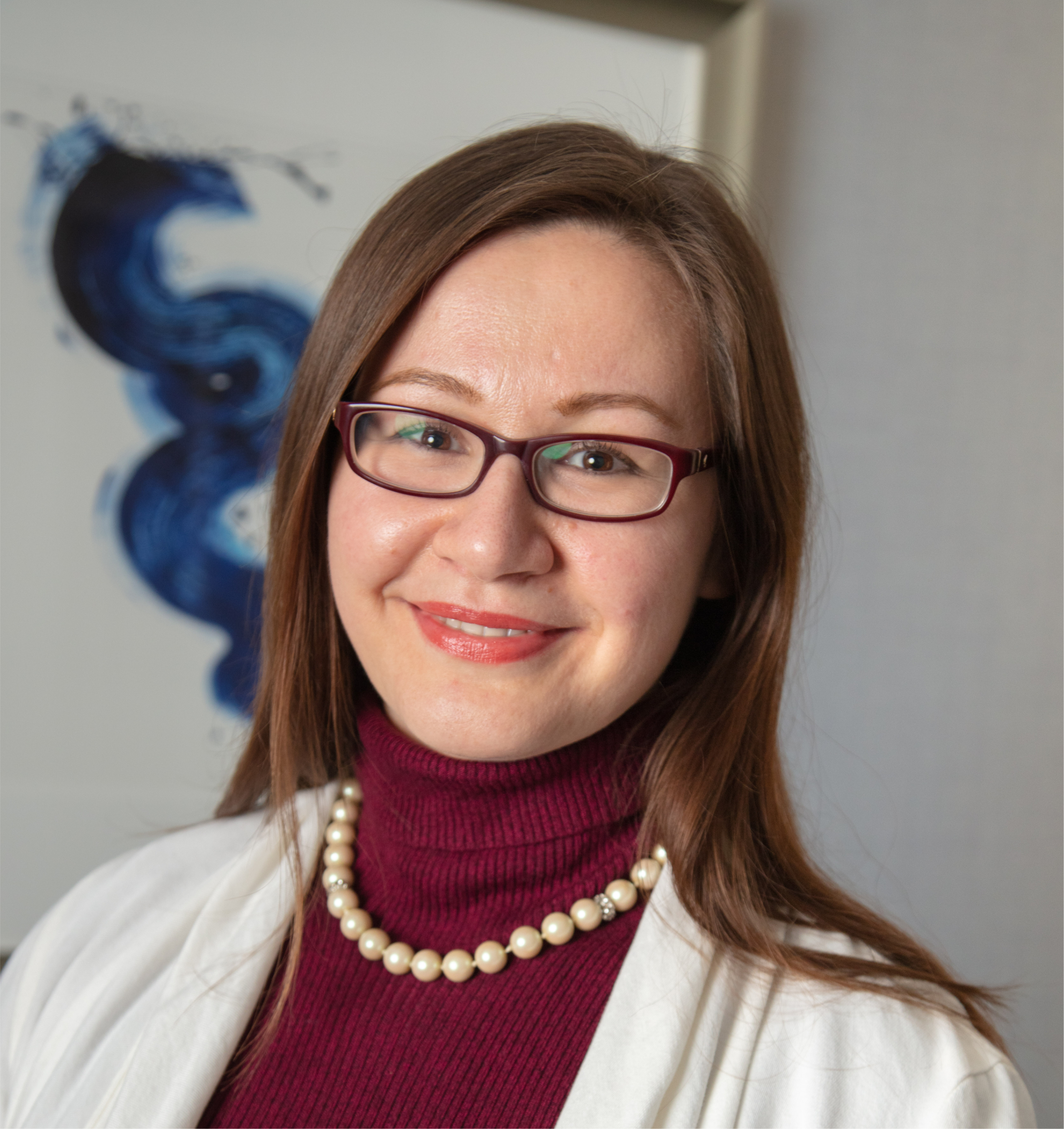Some research has found that PMS symptoms are reported in about 50% of women of reproductive age, while in other research, PMS symptoms are reported in up to 90% of younger women. The rates of PMS vary greatly between different geographic regions. For example, PMS is reported in about 34% of young adult women (attending university) in China, 40% in Taiwan, 65% in Egypt, 79% in Japan, and up to 92% in Turkey.[1] In other research, PMS is reported in up to 30% of women living in the United States, 12% in France, and up to 98% in Iran.[2] Why do different countries have such different rates of PMS and PMS symptoms? No one knows for sure. Some theories include differences in lifestyle and genetic factors, community practices during the time of menstruation, and diagnostic criteria and investigation methods.[1][2]
References
- ^Gudipally PR, Sharma GKPremenstrual SyndromeStatPearls.(2022-07)
- ^Tiranini L, Nappi RERecent advances in understanding/management of premenstrual dysphoric disorder/premenstrual syndrome.Fac Rev.(2022)
